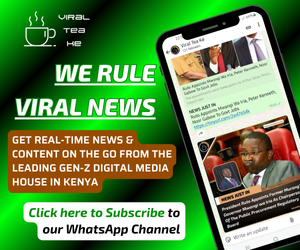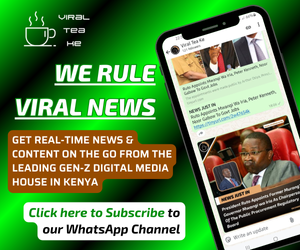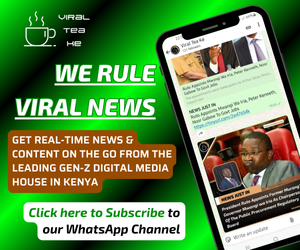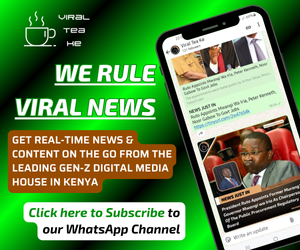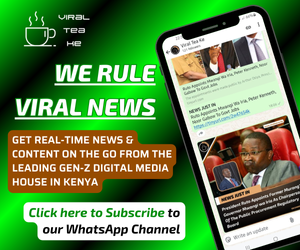Why Journalists Prefer Covering Raila More Than Ruto
A survey to gauge the perception of media and journalists towards the presidential candidates showed that 49 per cent feel safer working with Raila while Ruto received 31 per cent backing.
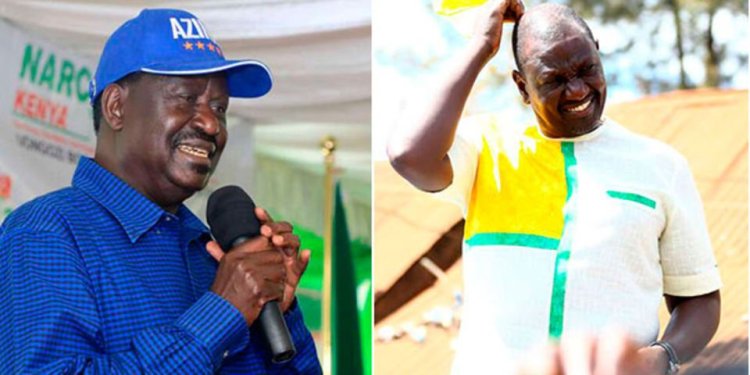
A majority of journalists feel safer and more comfortable working with Raila Odinga’s Azimio La Umoja Coalition than with Deputy President William Ruto’s Kenya Kwanza alliance, a new report by the Media Council of Kenya (MCK) has revealed.
MCK, in its latest media monitoring report on Wednesday, July 13, revealed that a survey to gauge the perception of media and journalists towards the presidential candidates showed that 49 per cent feel safer working with Raila while Ruto received 31 per cent backing. Only 17 per cent felt comfortable covering Roots party presidential candidate George Wajackoyah.
The discomfort by media has been attributed to the frequent removal of journalists from Ruto’s functions including during the United Democratic Alliance (UDA) National Delegates Conference and public gatherings in Njoro, Nakuru County.
In addition, he has publicly threatened to boycott the upcoming presidential debate organised by the Media Owner’s Association (MOA), the Kenya Editors Guild (KEG) and the MCK.
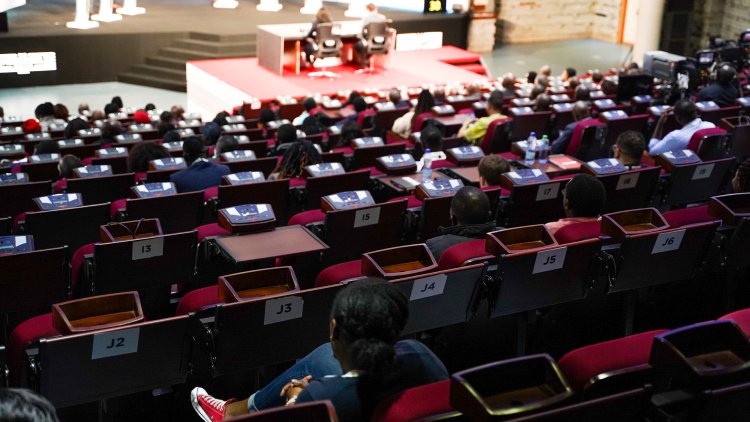
A look inside the auditorium of the Catholic University of Eastern Africa (CUEA) main campus in Karen, Nairobi ahead of the gubernatorial debate on July 11, 2022. /PRESIDENTIAL DEBATES
UDA’s senior communications team also boycotted a meeting convened by the Media Council to forge a working Promoting Media Freedom and Responsible Journalism relationship with pollsters, editors and political party communications teams in June, opting to send junior staff.
"His supporters have sustained social media hate campaigns against established media including employing derogatory terms to define media and selected journalists.
"MCK calls on all political formations and contestants to assure media of their safety while covering the campaigns. Harassing and profiling journalists including denying them access to events, is an affront to press freedom and a violation of Kenyans’ right to information," MCK stated in part.
The country's media regulator added that it will not relent in its quest for free and fair media governed by ethos succinctly captured in the Code of Conduct for the Practice of Journalism in Kenya as enshrined in the Media Council Act, 2013.
The Council will continue training journalists, media practitioners and creatives on various aspects of election reporting to boost professionalism. In preparation for the August 9, 2022 election 2,500 journalists have been trained on election coverage.
Ruto Covered More than Raila
At the same time, the media coverage of Ruto has increased and overtaken that of Raila. According to data from the first week of July 2022, Ruto’s media coverage volumes stand at 46 per cent against Raila’s 45 per cent.
Roots Party’s George Wajackoyah is third at 6 per cent while Agano Party’s David Mwaure received 3 per cent publicity.
The increase in DP Ruto’s media coverage is attributed to his coalition’s manifesto launch on Thursday, June 30 and the criticism it received from its opponents. During the period, the DP’s coalition received 14 per cent mentions in print media compared to Raila’s 12 per cent and 61 per cent coverage on radio against Raila’s 58 per cent.
While Ruto leads in both print and radio coverage, Raila retains an edge over the DP on television coverage at 29 per cent against DP Ruto’s 26 per cent.
"Media coverage volumes of the two other candidates have also recorded a tremendous increase following the release of their respective manifestos. Their presence in media is now more pronounced than before.
"In the June media coverage report released by MCK, the Azimio coalition candidate’s coverage was at its highest peak in the period leading to and after the launch of the coalition’s manifesto. A similar scenario came to play with the Kenya Kwanza coalition manifesto launch," added the MCK.
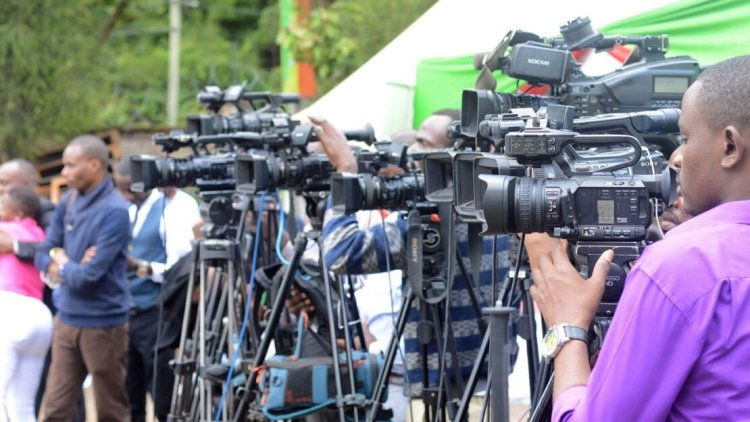
Kenyan journalists covering an event. /FILE


